The Cassette Files: Four tracks of pure magic
Of 4-tracks, Portastudios, tape loops and retro bliss
A week ago, the audio industry lost a true visionary. When I learned that Lou Ottens, inventor of the compact cassette, had died, my thoughts immediately wandered back to my own first recording adventures (yes, they were adventures!) and the glorious days of rewind, fast-forward, Dolby-C and high-speed dubbing. While its days as a mainstream medium for music consumption are long gone, the cassette continues to inspire artists around the world. We’ve put together a collection of videos to pay homage to an invention whose cultural significance cannot be overstated.
Growing up in the 1980s and early 90s, cassettes were everywhere. I’d sit and listen to the radio for hours, patiently waiting for that one song to come on again, and then scrambled to press record when the first notes were playing. Of course, the announcer would talk over the ending, so I had to do it all over again. We traded mix tapes at school and the lucky few who already owned a CD player were always busy copying the latest hits to tape for everyone else. And I’ll never forget the day I found myself sitting on the bus next to the most beautiful girl in school, sharing the earbuds of a Walkman. I felt like I was in heaven.
Four tracks that meant the world
The best present I ever got was a Tascam Portastudio 4-track cassette recorder. My parents gave it to me when I was about 12 or 13, and it changed my life forever. I’d been playing the piano as a kid and started to write my own songs, but the Tascam opened up a whole new world of possibilities. I locked myself in my bedroom for weeks at a time, writing, recording, overdubbing, bouncing, mixing, creating. It was a fabulous time.
You are currently viewing a placeholder content from YouTube. To access the actual content, click the button below. Please note that doing so will share data with third-party providers.
While I do still have the tapes and was smart enough to make digital copies at some point, I foolishly sold the Tascam when Cubase became a thing a few years later. At the time, it felt like keeping up with the times and embracing a new technology, and as I’d developed an interest in synthesizers, I also needed the cash. From today’s perspective, it’s probably the one piece of gear that I regret selling the most. And it seems I’m not the only one. The prices for used 4-track cassette recorders in decent condition have skyrocketed over the past few years. Artists around the world are rediscovering the cassette, and many use it not only as a recording and distribution medium, but as an instrument.
The “Poor Man’s Mellotron”
If there’s one person who is to blame for driving the prices of used 4-track cassette recorders through the roof, it must be Alessandro Cortini of Nine Inch Nails. His method of playing back looped chords on four tracks of the Portastudio, which he controls via the mixer and runs through a bunch of effects, has inspired many other artists to try similar things. Here he is, explaining his signature technique:
You are currently viewing a placeholder content from YouTube. To access the actual content, click the button below. Please note that doing so will share data with third-party providers.
Here’s another video that showcases this fantastic technique:
You are currently viewing a placeholder content from YouTube. To access the actual content, click the button below. Please note that doing so will share data with third-party providers.
Authentic analog
Others like to use the Portastudio as a lo-fi effect. Bouncing samples or audio tracks from your DAW to tape and back can give them a lo-fi edge, from a slight analog feel to full-on tape saturation. And pitching samples up or down on tape just isn’t the same as doing it in the DAW, as this video shows:
You are currently viewing a placeholder content from YouTube. To access the actual content, click the button below. Please note that doing so will share data with third-party providers.
If you don’t have a 4-track, you can use a plug-in that simulates the effect, like Tape Cassette, Cassette or Sketch Cassette. But analog purists will tell you that there’s nothing like the real thing.
While it’s widely used for effects, most people wouldn’t consider producing a full track or even an album on a 4-track in 2021. But could it be done? We all know that limitations can be really inspiring. Here’s someone who tried it:
You are currently viewing a placeholder content from YouTube. To access the actual content, click the button below. Please note that doing so will share data with third-party providers.
Out-of-this-world tape loops
Some experimental artists take it much further and physically manipulate the tape and recorder, creating one-of-a-kind instruments. If you’re into experimental electronic music, you’re most likely familiar with Hainbach, one of the most prolific contemporary artists known for all sorts of tape shenanigans. His YouTube channel is a collection of amazing contraptions that use tape in every imaginable way. He uses everything from reel-to-reel machines to Dictaphones, and of course the good old compact cassette.
You are currently viewing a placeholder content from YouTube. To access the actual content, click the button below. Please note that doing so will share data with third-party providers.
You are currently viewing a placeholder content from YouTube. To access the actual content, click the button below. Please note that doing so will share data with third-party providers.
AMULETS from Portland, Oregon, is another artist who creates fascinating soundscapes using cassettes and tape loops.
You are currently viewing a placeholder content from YouTube. To access the actual content, click the button below. Please note that doing so will share data with third-party providers.
You are currently viewing a placeholder content from YouTube. To access the actual content, click the button below. Please note that doing so will share data with third-party providers.
To do this sort of thing, you need a way to accurately cut and splice the tape. I was surprised to discover that you can actually still buy the tools and accessories needed to do this. Thomann sells splicing blocks and splicing tape for various widths of tape. If you’re working with cassettes, you’ll need the 1/8″ variety*, but versions for wider tape are available, as well.
And while the cassette 4-track has yet to return as a new product (Tascam, are you listening?), it is still possible to buy regular stereo tape decks like this professional variant by – of course – Tascam, which you can get at Thomann.de*.
Some albums do still come out on cassettes and many independent artists have rediscovered tapes as a physical means of distribution and merchandise. I doubt that the cassette will make a full-on comeback to the mainstream like vinyl records did, but it won’t go away anytime soon, either. Lou Ottens’ invention will live on and continue to inspire artists and musicians around the world, who love the cassette for its sound, simplicity and authenticity. The magic that I felt when those four tracks meant the world to me – it never went away.
You are currently viewing a placeholder content from YouTube. To access the actual content, click the button below. Please note that doing so will share data with third-party providers.
(*affiliate links)
2 responses to “The Cassette Files: Four tracks of pure magic”

 5,0 / 5,0 |
5,0 / 5,0 | 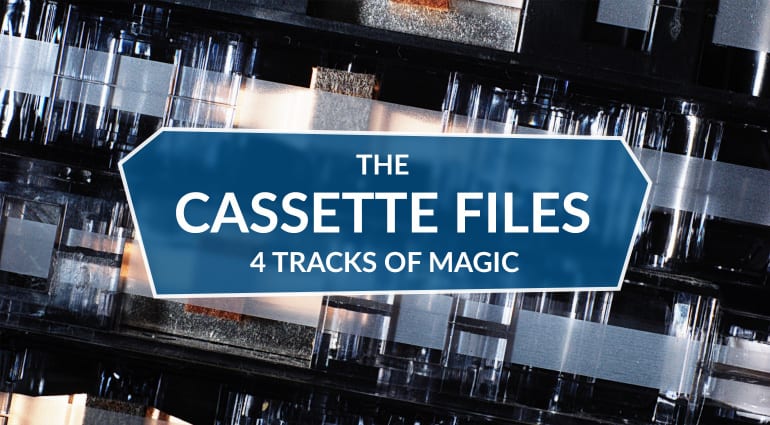

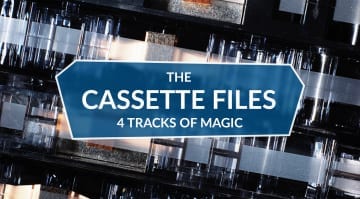

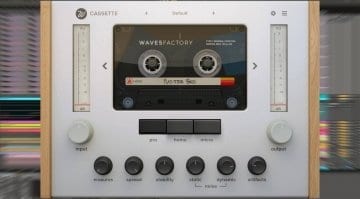
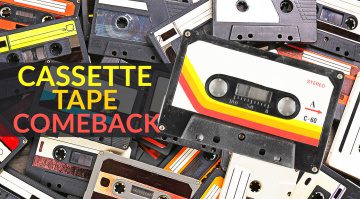
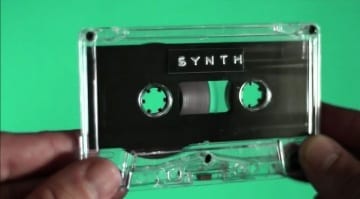
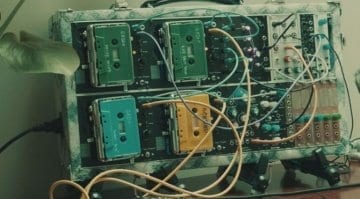

Coincidentally I’ve recently found my cassette recordings of my 80’s synth/drum machine compositions, recorded on a Fostex X-26. I managed to get the same synth hardware together and load the original sequencer data and replay ‘live’ some of my old tracks.
Despite now being able to create a nice fresh digital recording from the same synths I’d used 30+ years ago, there is a certain character – a ‘warmth’ in the old cassette recordings which I’m unable to replicate in the modern era ( X-26 is long gone).
Cassettes have an imperfect but warm sound, tape decks still have a use in studios, particularly if they have separate play and record heads. I’ve no tape deck, but I do have a Zoom R24 digital recorder which works the same way but with digital sound. A non-destructive mod allows the R24 to send clock CV, to auto-start and sync a drum machine or synth. It always works flawlessly and is a great way to work DAWless, for those who are interested in the methods of ‘four track tape’ more than the sound quality.